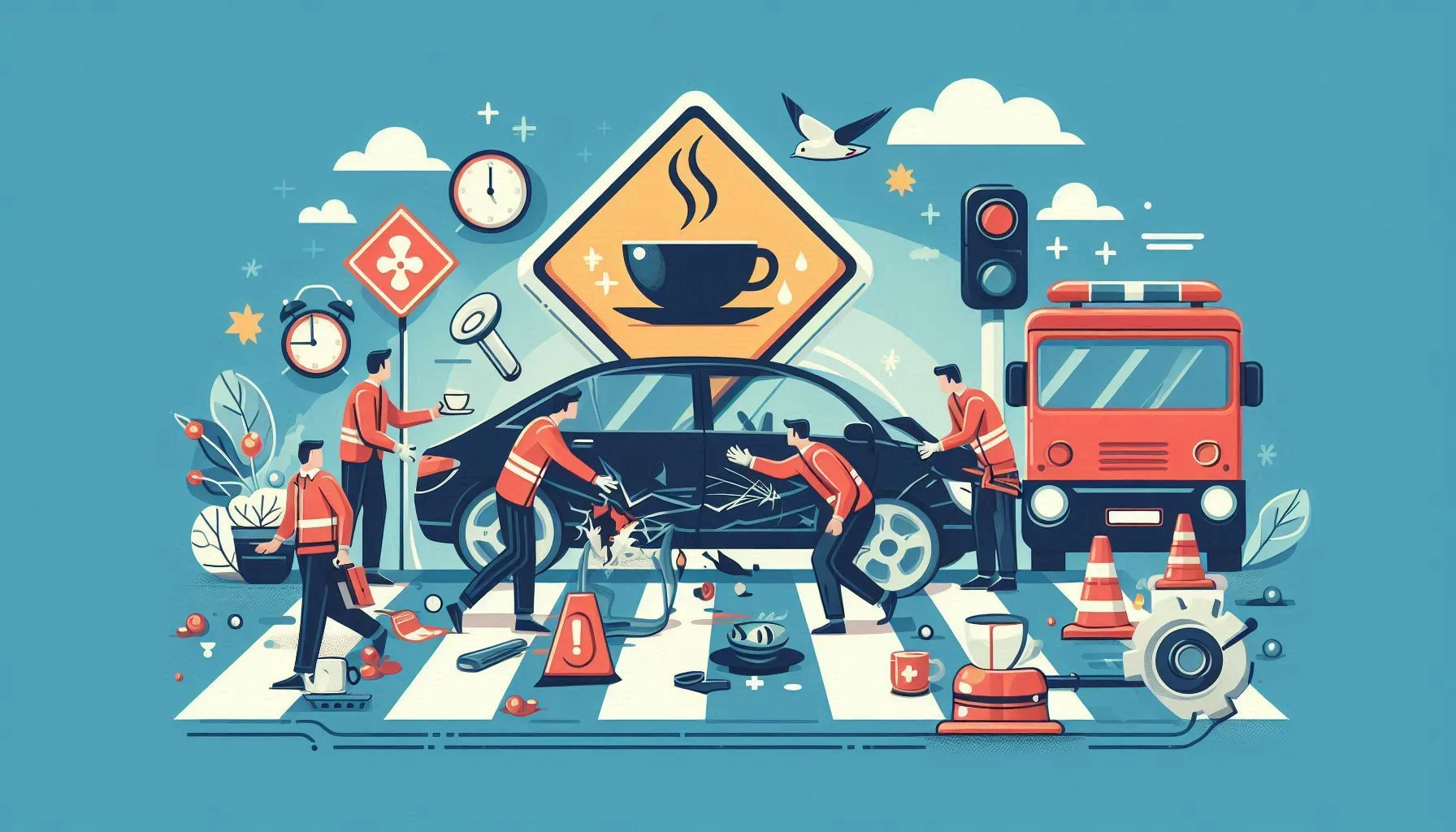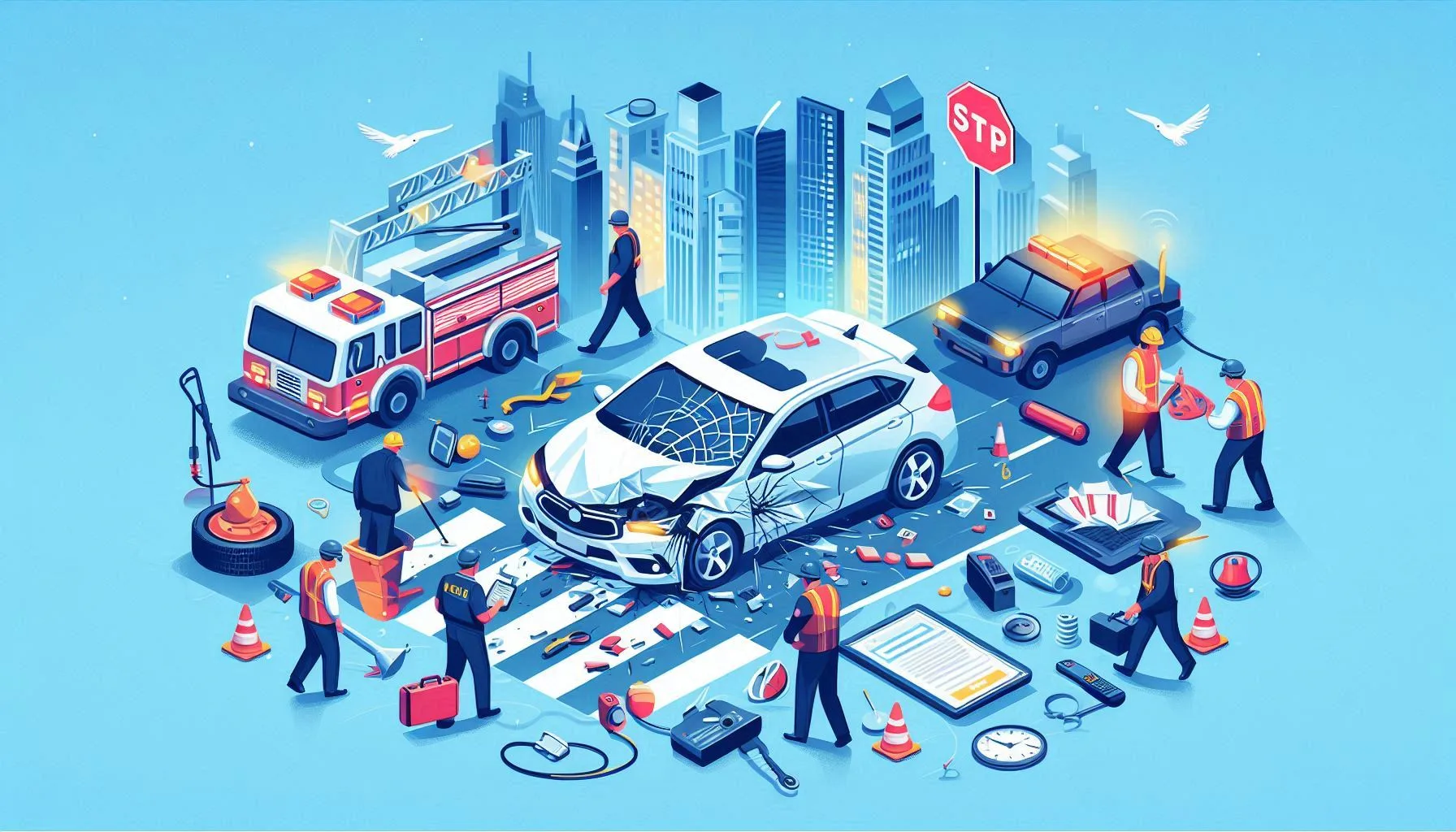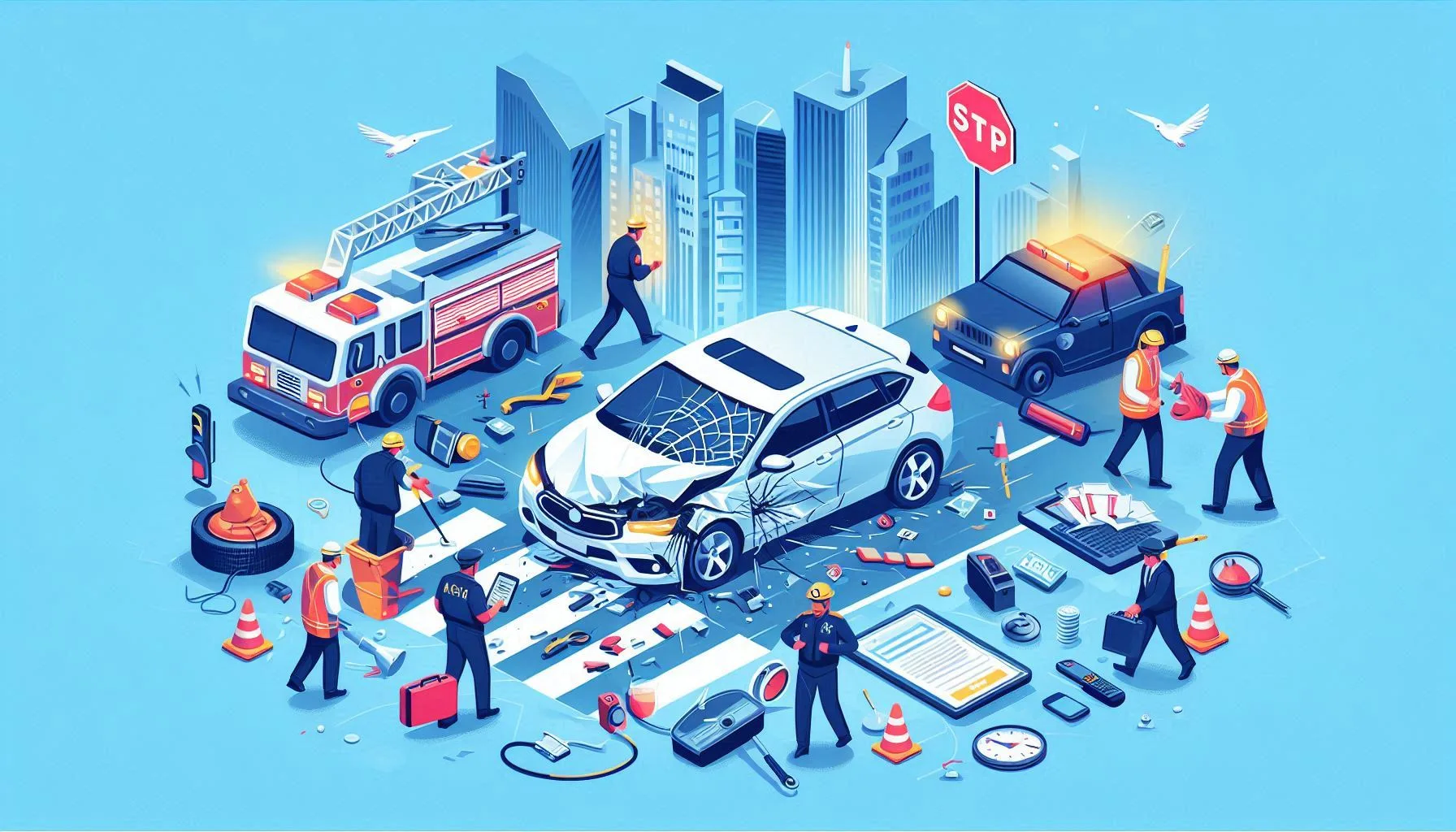What to Do When You’re Involved in a Car Accident: A Step-by-Step Guide from ABC
As a responsible driver, being involved in a car accident can be a daunting and overwhelming experience. In the heat of the moment, it’s natural to feel confused, anxious, and unsure of what to do next. However, it’s crucial to remain calm and follow a step-by-step guide to ensure your safety, the safety of others, and the proper handling of the situation.
In this comprehensive guide, we’ll walk you through the essential steps to take when you’re involved in a car accident, covering everything from immediate response to post-accident procedures. By following these simple yet crucial steps, you’ll be better equipped to navigate the aftermath of a car accident and make informed decisions to protect yourself and your rights.
Section 2: Responding to the Accident (Immediately After the Crash)

Don’t Panic: Stay Calm and Assess the Situation
In the initial moments after a car accident, it’s crucial to remain calm and composed. Panicking can lead to poor decision-making, which may exacerbate the situation or compromise your safety. Take a few deep breaths, and assess the situation to determine the severity of the accident. Check for injuries and ensure everyone involved is safe and unharmed.
Move to a Safe Location (If Possible)
If the accident occurred on a busy road or in a hazardous location, it’s essential to move to a safe spot as quickly as possible. This may involve moving your vehicle to the side of the road or a nearby parking lot. If you’re unable to move your vehicle, stay in your car and activate the hazard lights to alert other drivers.
Section 3: Post-Accident Procedures

Call 911 or Local Emergency Services
Immediately call 911 or your local emergency services number to report the accident. Even if there are no serious injuries, it’s essential to notify the authorities to ensure a proper investigation and documentation of the incident.
Exchange Information with Other Parties Involved
If you’re involved in a multi-vehicle accident or a hit-and-run incident, it’s crucial to exchange information with the other parties involved. Make sure to obtain the following details:
-
- Name and contact information
-
- Insurance information
-
- Vehicle make, model, and license plate number
-
- Driver’s license number
Take Photos and Videos of the Accident Scene
Use your smartphone or camera to capture clear photos and videos of the accident scene, including:
-
- Damage to vehicles involved
-
- Road conditions
-
- Weather conditions
-
- Any visible injuries or property damage
Section 4: Gathering Information and Evidence
Gather Witness Statements (If Applicable)
If there were witnesses to the accident, it’s essential to gather their statements and contact information. This can be a crucial piece of evidence in determining the cause of the accident and assigning liability.
Document Any Damages or Injuries
Take detailed notes and photos of any damages or injuries sustained in the accident. This includes:
-
- Vehicle damage (e.g., scratches, dents, broken windows)
-
- Personal injuries (e.g., bruises, cuts, whiplash)
-
- Property damage (e.g., buildings, fences, landscaping)
Keep a Record of the Accident
Keep a record of the accident, including:
-
- Date, time, and location of the accident
-
- Names and contact information of parties involved
-
- Insurance information
-
- Vehicle information (make, model, license plate number)
-
- Description of the accident
Section 5: Next Steps and Follow-Up
Seek Medical Attention (If Necessary)
If you or anyone involved in the accident sustained injuries, seek medical attention as soon as possible. Even if the injuries seem minor, it’s essential to have a medical professional evaluate and document any potential injuries.
Notify Your Insurance Company
Notify your insurance company as soon as possible to report the accident and begin the claims process. Be prepared to provide detailed information about the accident, including photos, witness statements, and police reports.
Follow Up with Authorities and Insurance Companies
Regularly follow up with the authorities and insurance companies to ensure that your claim is being processed and any necessary documentation is being obtained. Keep detailed records of all communication, including dates, times, and contact information.
In conclusion, being involved in a car accident can be a traumatic and overwhelming experience. By following this step-by-step guide, you’ll be better equipped to respond to the situation, gather essential information, and ensure your safety and the proper handling of the accident. Remember to stay calm, prioritize your safety, and seek professional help if necessary.
